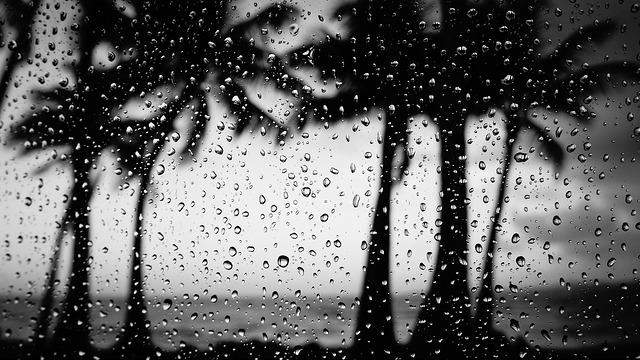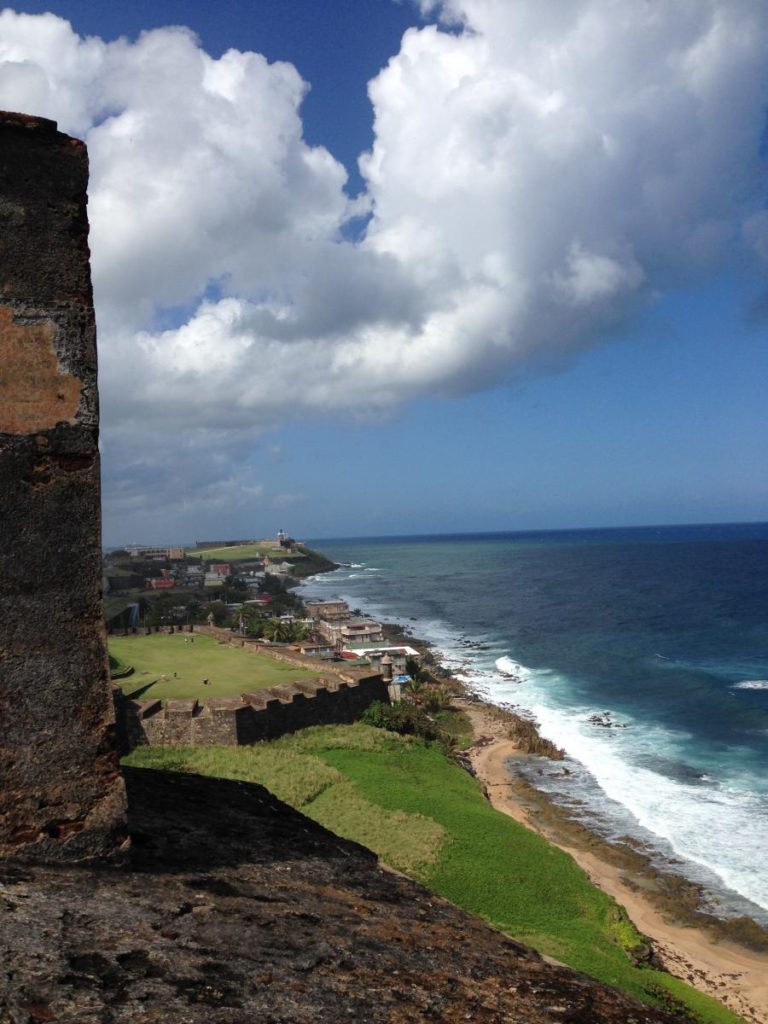Translated by MARÍA JOSÉ GIMÉNEZ
June 10, 2018
New York City
This year, the Puerto Rican flag wore black. Only the white star remained. Seeing it dressed in mourning, it was impossible not to feel a knot from your chest to your gut.
Translated by MARÍA JOSÉ GIMÉNEZ
June 10, 2018
New York City
This year, the Puerto Rican flag wore black. Only the white star remained. Seeing it dressed in mourning, it was impossible not to feel a knot from your chest to your gut.

LOOKING FOR MY CITIZENSHIP
After Adál
When I am unsure of who I am
I pick up my dominos
and search out el reverendo
Pedro Pietri
so we can pray for clarity.

In that year of a shot to the head where were you the first time you broke night?
When you break night, you learn that one puff, under the right circumstance, can give you the right perspective.
You learn to pick up stories that fall & slip on the right side of knowing.

September 2018 marks one year after Hurricane María devastated the island of Puerto Rico. This event features contemporary Puerto Rican writers of both poetry and prose sharing new creative work and discussing how the ongoing crisis has transformed our styles of survival, our experience of diaspora, and the function of translation. Readings will include a bilingual element to fully represent Puerto Rican linguistic diversity.
By KELLI ALLEN

Fair roof, dripping hall—these are names for sky where there should be only helmets left in the sand. We waste words mapping distance from one church to another, when religiosity is Fenrir in the north, and fresh birthed inkings, rooted in south sea brine. This is the way with us: Pythagorean stubbornness while we square the same four city blocks and discuss, too fast, our respective shames, walnuts quick meeting fire, and our first model ships.

El Morro guards the northwestern tip of the old city, a headland with sparkling three-sixty views. Poised to fire cannons and guns against approaching sea invaders, the stone castle—six zigzagging levels, walls thick as hallways—was built by the Spanish starting in the early 1500s. El Morro protected Spain’s “porto rico,” the harbor crucial to any European empire seeking a foothold in the resource-rich Caribbean basin. But while El Morro protected San Juan from a seaside attack, the city’s eastern flank remained exposed to ambush by land, a weakness exploited by the British in 1598, then the Dutch in 1625. The Dutch succeeded in burning the city to the ground, but no one ever captured El Morro, whose now pleasant grassy lawn was, several times over, a bloody battlefield. After these near catastrophes, Spain began a second fort, Castillo San Cristóbal, at the city’s northeastern headland. Spain held Puerto Rico until the Spanish-American War, when the U.S. intervened in Cuba’s struggle for independence. During a few short, calamitous months in 1898, Spain lost to the U.S. its Pacific and Caribbean lands, including the Philippines, Puerto Rico, Guam, and, temporarily, a nominally independent Cuba. An empire of nearly four hundred years dissolved like cobwebs in rain.